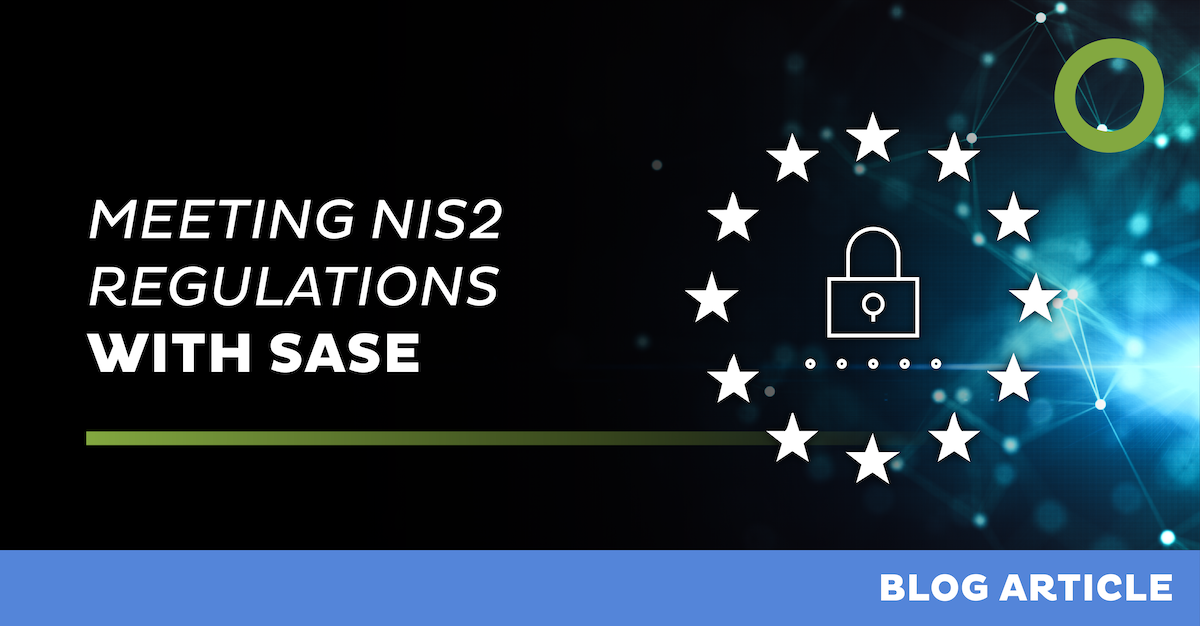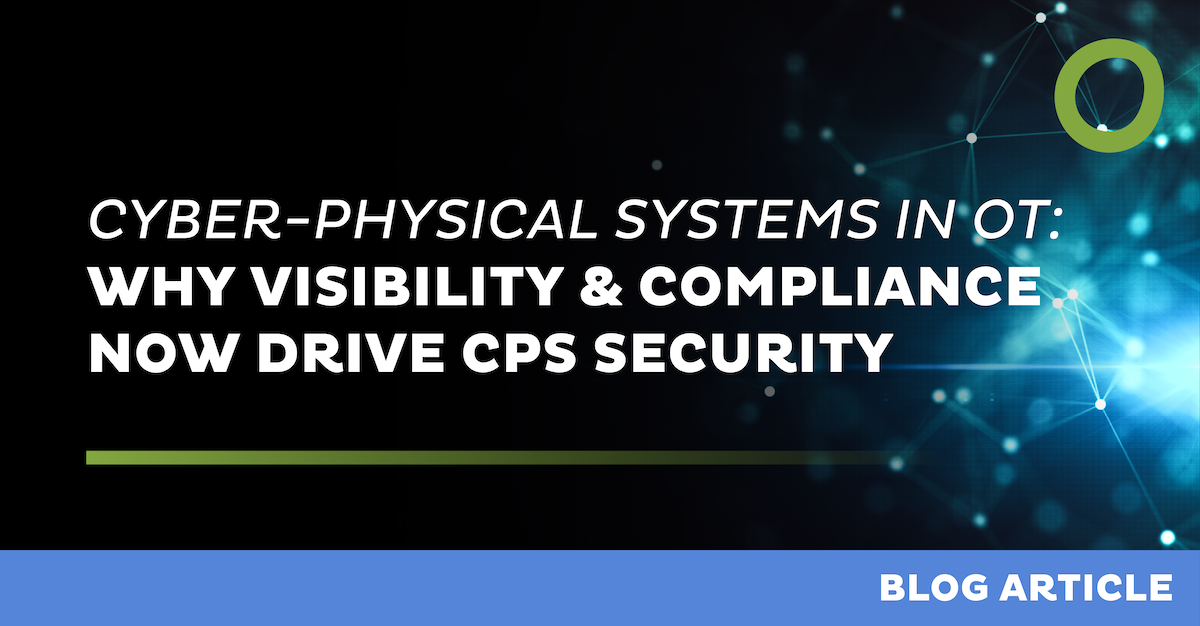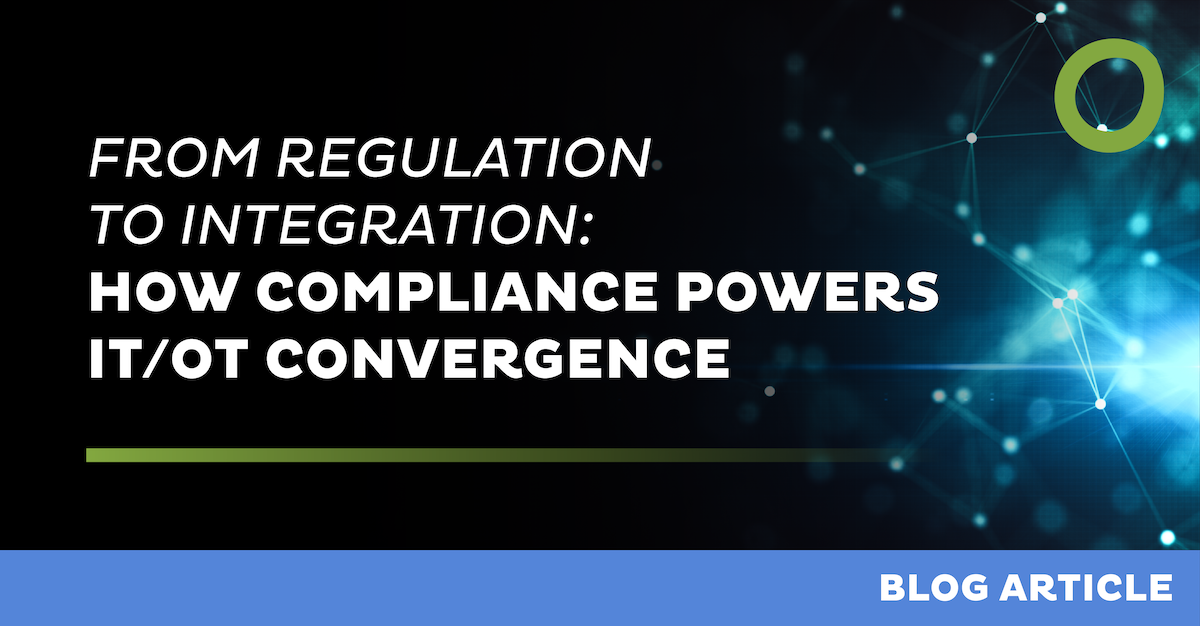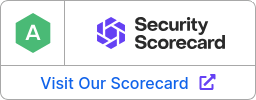
5 Reasons to Switch to a Cloud Secure Web Gateway Today
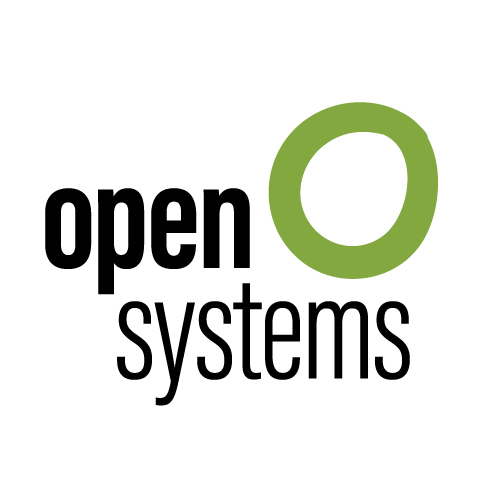
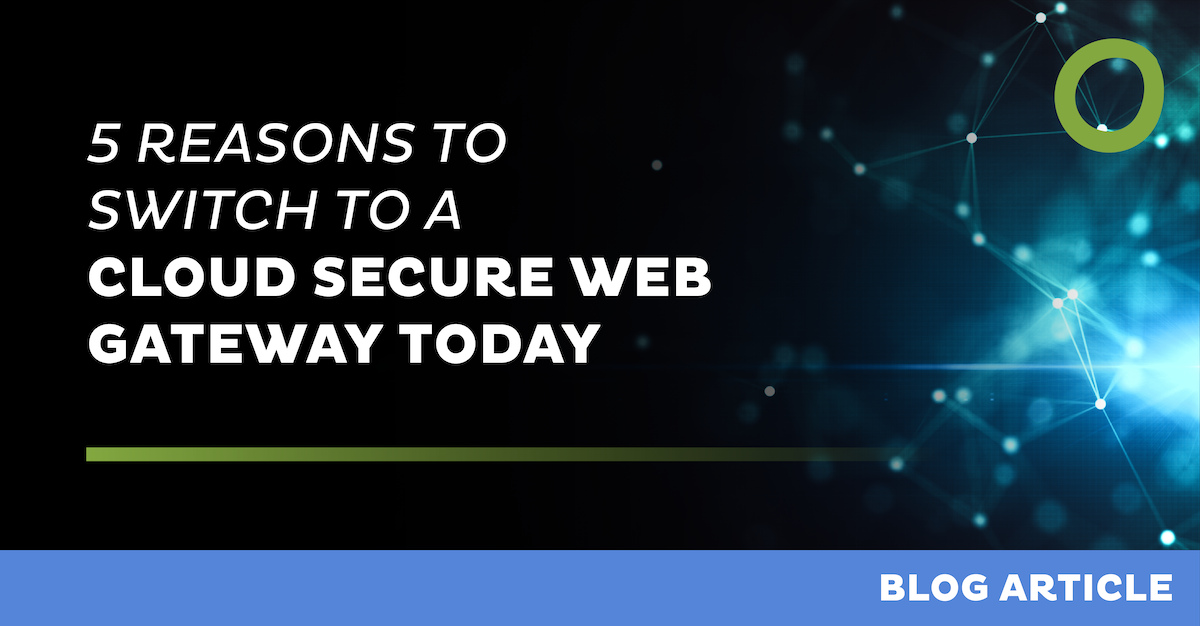
Introduction to Cloud Secure Web Gateways
What is a Cloud Secure Web Gateway?
In today’s fast-paced digital environment, organizations increasingly turn to Cloud Secure Web Gateways (SWGs) to ensure their cybersecurity infrastructure is robust and effective. A Cloud SWG serves as a barrier between internal networks and malicious internet traffic. It provides organizations with a comprehensive solution to defend against a myriad of cyber threats, including malware, phishing, and other forms of attacks. By integrating various security functions, including URL filtering, SSL inspection, and threat intelligence, Cloud SWGs offer a holistic approach to network security.
Cloud SWGs operate from the cloud, meaning they can offer scalable, flexible security solutions that adapt to the changing needs of organizations. Unlike traditional on-premises security systems, which can be complex and costly to manage, Cloud SWGs simplify this process by delivering real-time protection and insights without the need for extensive hardware.
The Necessity of Cloud Security in Today’s Business Environment
As remote work becomes the norm and businesses increasingly adopt cloud-based applications, the security landscape has changed dramatically. With data residing in multiple locations and accessed from various devices, traditional security measures are no longer sufficient. Organizations must implement a security strategy that not only protects sensitive data but also provides employees with secure access to resources anytime, anywhere.
The rise in remote work and digital transformation has led to the proliferation of cyber threats. Attackers have become more sophisticated and organized, often targeting vulnerabilities in web and cloud environments. This reality makes adopting a Cloud Secure Web Gateway essential for organizations that want to reduce operational risks associated with cyber threats and maintain compliance with regulations and their company’s policies.
Reason 1: Enhanced Security Features
Threat Protection with Threat Intelligence Feeds
One of the most important reasons organizations should consider switching to a Cloud Secure Web Gateway is the powerful threat protection it delivers. Modern SWGs continuously enforce policies based on updated global threat intelligence feeds to detect and block malicious content before it reaches users. This includes stopping known and emerging malware, identifying and blocking phishing campaigns, and preventing users from accessing malicious or compromised websites.
Threat intelligence integration ensures that the gateway is constantly updated with the latest indicators of compromise (IOCs) and malicious domains observed across the internet. This enables proactive protection against threats that traditional security tools may miss, reducing the likelihood of successful attacks and strengthening the organization’s overall security posture.
SSL/TLS Inspection for Complete Visibility
Another critical component of Cloud SWG security is deep SSL/TLS inspection. Today, the majority of web traffic is encrypted, and attackers increasingly hide malware or phishing pages within encrypted sessions to evade detection. Without the ability to inspect encrypted traffic, organizations risk missing significant threats.
Cloud SWGs decrypt, inspect, and re-encrypt traffic at scale, providing complete visibility into encrypted communications without impacting user experience. This allows the security team to detect and stop hidden threats, enforce acceptable use policies, and ensure that sensitive data is not exfiltrated through encrypted channels. As a result, organizations maintain strong security even as encryption becomes ubiquitous across the web.
Reason 2: Improved User Experience
Reduced Latency and Faster Access
Another significant advantage of adopting a Cloud Secure Web Gateway is the improvement in user experience. Performance is critical for employee productivity, especially as organizations rely more on cloud-based applications and as employees work from anywhere — whether in the office, at home, or on the move. Cloud SWGs minimize latency and enhance access speeds by routing internet traffic through the nearest cloud points of presence (PoPs) provided by the service, rather than backhauling it to customer data centers. This distributed approach ensures that users, regardless of their location, connect securely and efficiently to the resources they need.
By leveraging multiple cloud points of presence (PoPs) globally, Cloud SWGs are able to optimize data routing, ensuring users are always connected to the fastest possible service location. This results in quicker loading times for applications, reducing frustration and improving overall user satisfaction.
Reason 3: Cost Efficiency
Lower Operational Costs and Eliminating Hardware Expenses
Cost efficiency is a critical consideration for any organization, and switching to a Cloud Secure Web Gateway can significantly reduce both operational and capital expenses. Traditional security solutions often require substantial investments in hardware, software, and skilled personnel for maintenance. In contrast, Cloud SWGs operate on a subscription model that typically includes the underlying cloud infrastructure and its availability monitoring and maintenance, though it usually does not extend to change or incident support.
This shift lowers upfront costs and makes it easier for organizations to invest in other strategic initiatives. Additionally, because the cloud provider manages the infrastructure, organizations can eliminate the need for extensive on-premises hardware setups such as firewalls, routers, and other networking devices—reducing acquisition, maintenance, and upgrade expenses. The result is a scalable, flexible security environment without the capital-intensive investments of traditional systems. As organizations grow, they can easily scale their security needs without incurring significant additional costs, while IT teams focus their efforts on more strategic projects instead of routine maintenance.
Flexible Pricing Models for Growing Organizations
Cloud SWGs often come with flexible pricing models that scale with an organization’s needs. As businesses grow and evolve, their security requirements may change, necessitating increased resources or different service levels. Cloud providers typically offer tiered pricing that can accommodate various organizational sizes and budgetary constraints.
This flexibility enables organizations to align their security spending with their specific growth trajectories. Whether a business is a startup needing minimal protection or a large enterprise requiring comprehensive security, cloud providers can tailor solutions and pricing accordingly.
Reason 4: Simplified Management
Simplified Scaling with Cloud-Based SWG
Scaling on‑premises SWGs often requires lengthy planning, precise hardware scoping, procurement, shipping, installation, and coordination with ISPs for connectivity — all of which can delay projects by weeks or months. In contrast, cloud‑delivered SWGs can scale instantly across new users, sites, or regions without any physical deployment, giving organizations far greater agility and responsiveness.
Because the service runs in distributed cloud points of presence (PoPs), organizations can easily scale both up (to handle more users or higher traffic) and out (to support additional locations or regions) without deploying new hardware or redesigning network architectures. This elastic scalability ensures consistent protection and performance even as business needs evolve.
Cloud SWGs also provide intuitive dashboards and management interfaces that enable IT administrators to configure policies and monitor activity without needing deep specialization. Centralizing these tasks helps reduce complexity and the risk of human error while keeping protection effective as the environment grows.
Centralized Policy Enforcement
With a Cloud Secure Web Gateway, organizations can enforce consistent security policies across all platforms. Centralized policy enforcement ensures that employees adhere to security standards, regardless of location or device.
This consistency is especially important in today’s increasingly distributed work environments, where users may access resources from various devices, including personal laptops, smartphones, and tablets. Cloud SWGs enable organizations to define and enforce policies that govern internet usage, data access, and applications, which is crucial for maintaining compliance and mitigating risks.
Streamlined Updates and Maintenance
One of the challenges with on-premises security solutions is keeping systems up to date. Regular updates and patch management are essential for protecting against new threats and vulnerabilities. Cloud Secure Web Gateways simplify this process by delivering automatic updates and maintenance through the cloud.
This capability ensures that organizations are always using the latest security features and threat intelligence. Moreover, it frees up IT resources that would otherwise be spent on routine updates, allowing teams to focus on more strategic initiatives that drive business growth.
Reason 5: Compliance and Reporting
Cloud Access Security for Regulatory Needs
In a climate of increased regulatory scrutiny, organizations must navigate complex compliance landscapes. Compliance with laws and regulations such as GDPR, DORA and NIS2 is crucial for maintaining trust and avoiding costly penalties. A Cloud Secure Web Gateway assists organizations in meeting these regulatory requirements by providing comprehensive data protection and access controls.
Cloud SWGs enable organizations to implement granular policies that govern how data is stored, accessed, and shared. By having visibility into user behavior and network traffic, organizations can ensure they are compliant and ready for audits.
Transparent Reporting and Analytics
Cloud Secure Web Gateways provide detailed reporting and analytics features that offer organizations valuable insights into their security posture. This transparency allows organizations to monitor traffic patterns, user activity, and potential threats easily.
With the ability to generate reports for compliance audits or internal reviews, organizations can demonstrate their commitment to security and compliance. Detailed analytics also help IT teams identify trends and vulnerabilities, allowing them to proactively adjust security measures accordingly.
Staying Ahead of Compliance Challenges
Adopting a Cloud Secure Web Gateway equips organizations to stay ahead of compliance challenges. Regular updates and enhanced visibility into the security environment enable businesses to adapt to new regulations and mitigate risks. As compliance requirements evolve, organizations using Cloud SWGs can quickly implement necessary changes to maintain adherence to industry standards.
Conclusion: Making the Transition
Key Considerations for Switching to a Cloud SWG
Before making the switch to a Cloud Secure Web Gateway, organizations should assess their current security posture and identify any gaps. Understanding specific security needs and determining how a Cloud SWG can address them is essential for a smooth transition.
Key considerations include evaluating the existing infrastructure, analyzing user access patterns, and determining the necessary level of security based on the sensitivity of organizational data. Organizations should also consider any specific compliance requirements that may affect their security strategies.
Assessing Your Organization’s Needs
Each organization’s security needs are unique, depending on factors such as industry regulations, the nature of the data being handled, and the size of the organization. Conducting a thorough risk assessment can help identify vulnerabilities and weaknesses in the current security posture.
By determining the organization’s specific needs, IT teams can make informed decisions about which features of a Cloud SWG are most important. For example, organizations with a large remote workforce may prioritize seamless remote access and user experience features, while businesses handling sensitive personal data may focus on compliance and data protection capabilities.
Choosing the Right Provider
Selecting the right Cloud SWG provider is crucial for successful implementation. Organizations should prioritize vendors with a proven track record, comprehensive support, and strong security features that align with their unique requirements.
A successful partnership with a Cloud SWG provider can make all the difference in the effectiveness and reliability of the security solution. Potential providers should be evaluated based on factors such as customer reviews, support availability, integration capabilities with existing systems, and the breadth of features offered.
Discover the Benefits of Transitioning to a Cloud Secure Web Gateway
Investing in a Cloud Secure Web Gateway is a strategic move that enhances an organization’s security and user experience. Exploring the benefits of transitioning to a Cloud SWG can position businesses for success in an ever-evolving digital landscape.
Organizations are encouraged to assess their unique security needs and explore reputable Cloud SWG providers. By adopting a cloud-based approach to security, organizations can enhance protection against cyber threats, reduce costs, and streamline management—all while ensuring a positive user experience.
Experience how Open Systems brings your security to the cloud.
With the Open Systems Cloud Secure Web Gateway, you gain comprehensive protection, simplified management, and complete visibility—without complex infrastructure.
Contact us to learn how you can modernize your web security while reducing operational costs.
Leave Complexity
Behind
To learn how Open Systems SASE Experience can benefit your organization, talk to a specialist today.
Contact Us
